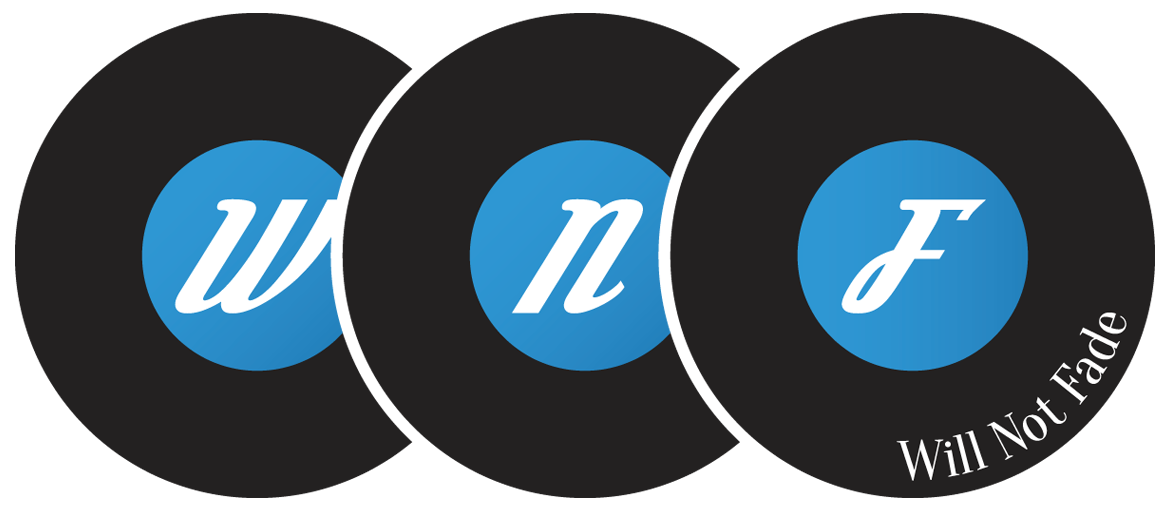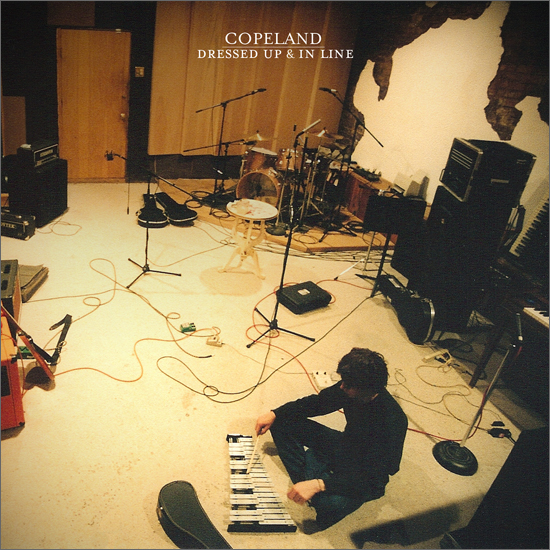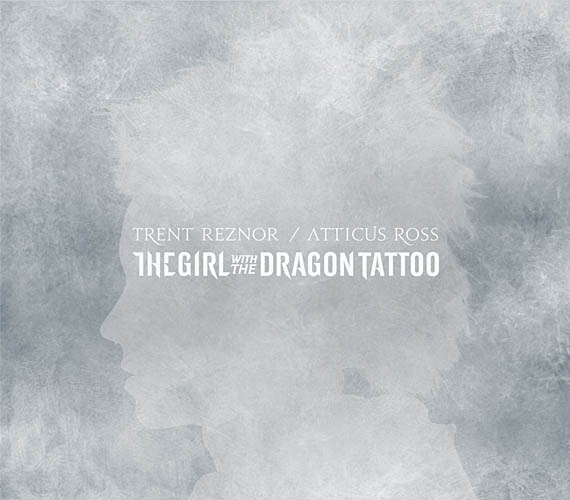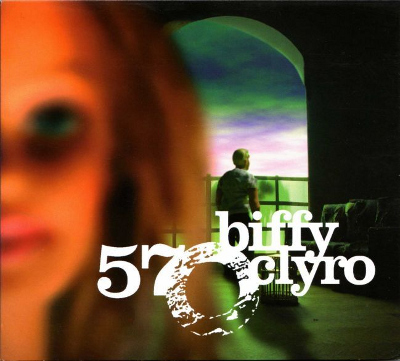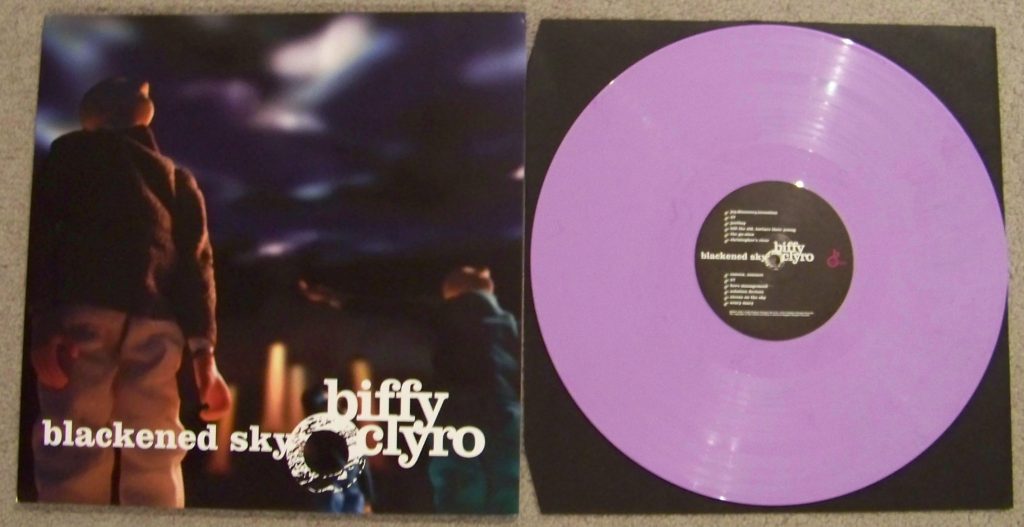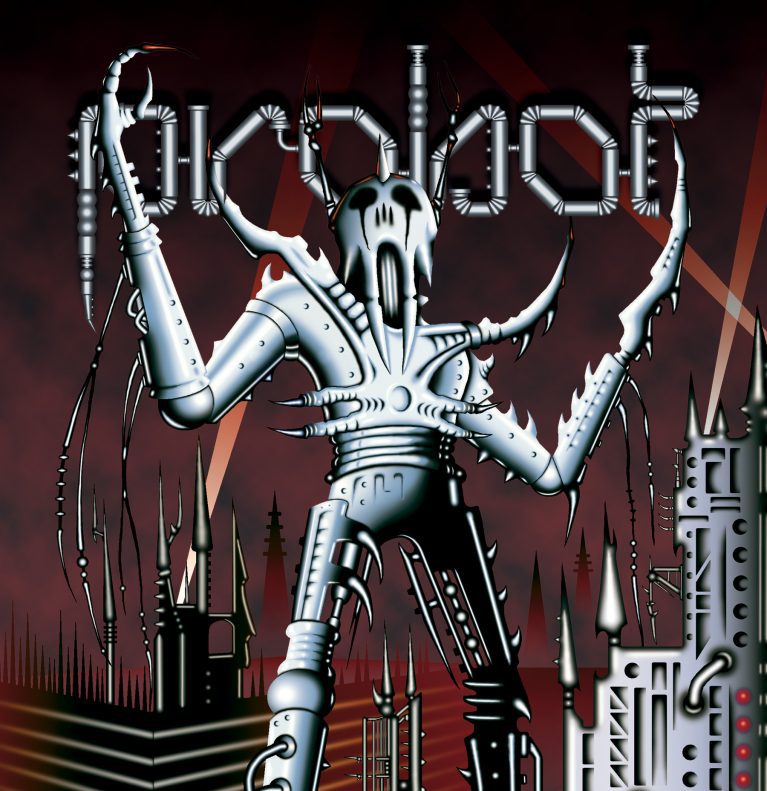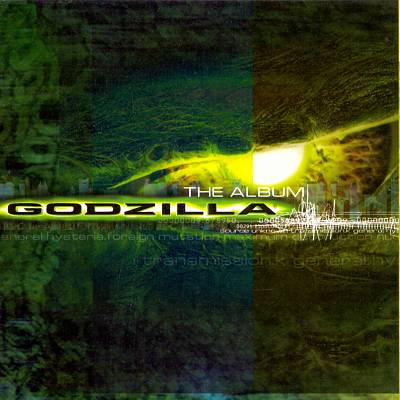Buried Treasure is a semi-regular feature that explores some hidden musical gems – the rare and forgotten B-sides, covers, hidden tracks, live versions and alternative takes that deserve some recognition.
There are a few thematic changes that mark the start of the winter season here in Montana for me. First and foremost, snow. This morning I awoke to the first snow of the year here in the northern hemisphere. And for reasons I cannot explain, the first smattering of snowfall triggers my brain to start playing my collection of Copeland albums. Snow and Copeland. Makes sense right? Nothing screams snow more than a band from Lakeland, Florida. All confusing correlations aside, the colder and snowier it gets here in Montana, the more and more Copeland finds it’s way into my music listening rotation.
Curiously enough, along with the morning snow, I was asked by Joseph James to write an entry for the Buried Treasure segment. I have made it a point to be more in tune to the signs and synchronicities in life and knew that I absolutely needed to write an entry and it absolutely needed to be on Copeland. Thankfully, Copeland’s long musical career is full of forgotten B-sides, covers, and hidden tracks which made selecting a subject for this entry easy.
For those who may not know, Copeland is an American rock band with a uniquely beautiful quality. This beauty can most likely be attributed to the voice of their frontman Aaron Marsh. As a person who tends to lean toward sadder, more angsty styles of music, Copeland tends to be out of place in my record collection as the majority of their work is fairly uplifting and for lack of a better word, nice.
Perhaps it is this “niceness” that caused me to stop and look twice when I first heard the all too familiar lyrics of “Black Hole Sun” being sung by none other than Aaron Marsh. Granted, I was listening to Copeland’s 2007 release “Dressed Up & In Line” at the time and should’ve known that it was of course Aaron Marsh singing the lyrics of Chris Cornell and Soundgarden’s 1994 hit “Black Hole Sun”. But nonetheless, the stark contrast between Aaron Marsh’s voice and the gloomy vibe of “Black Hole Sun” was a quick head turner.
It’s always impressive when an uplifting artist like Copeland can take on a sad, dark medium like “Black Hole Sun”, which some say is slang for a particular way of preparing heroin, and turn it into something that listeners, like myself, actually prefer over the original version. Taking on a cover with as much notoriety as “Black Hole Sun” takes a tremendous amount of courage, especially when it comes from an entirely separate genre of music.
Check out Copeland’s “Black Hole Sun” cover:
